What Causes Air Emboli?
There are many potential causes of air emboli during mechanical circulatory support procedures:
- Inattention to the reservoir level in an extracorporeal circuit
- Reversal of pump head tubing or direction of pump head rotation
- Tubing rupture
- Inadvertent detachment of oxygenator/accidental decannulation
- Defective oxygenator
- Air leaking from an implanted graft
- High-flow suction deep within a pulmonary artery
- Introduction during MCS support device implantation
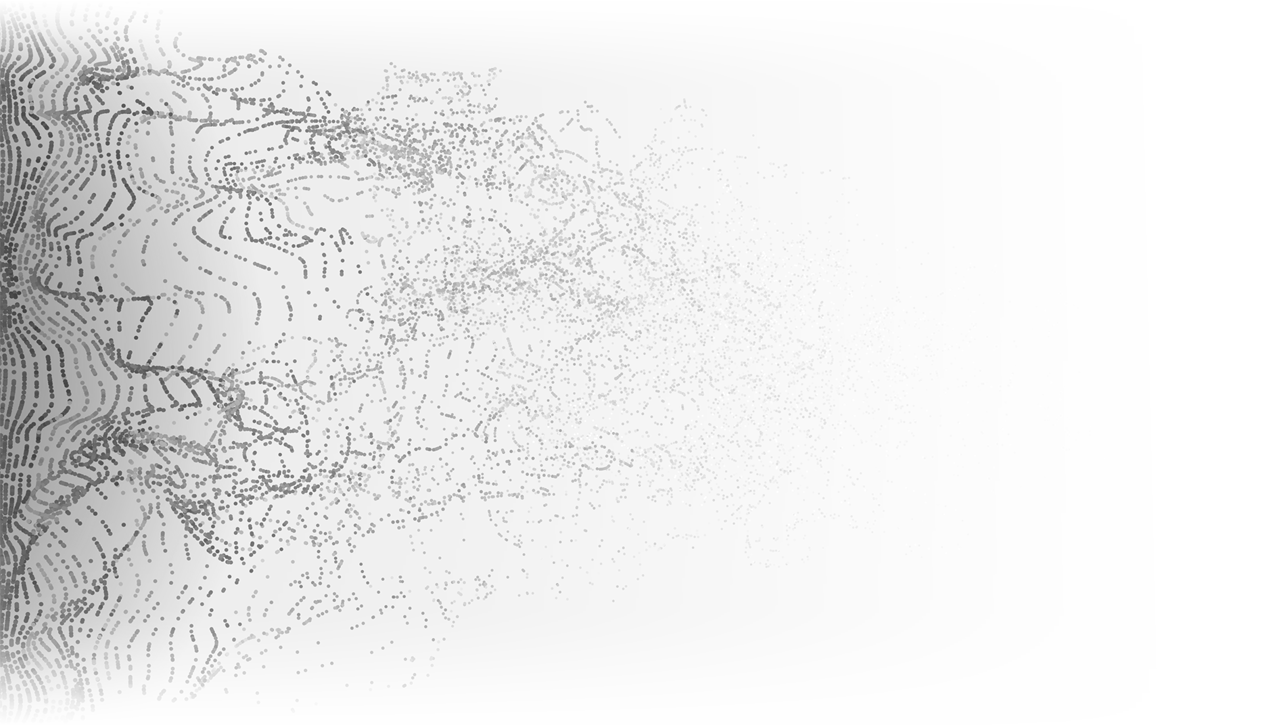
Potential Clinical Complications

Arterial Air Embolism
- Cardiac ischemia and infarction
- Arrhythmia
- Acute heart failure
- Mental status changes
- Loss of consciousness
- Seizure
- Focal neurological deficits
Venous Air Embolism
- Acute right ventricular failure
- Pulmonary arterial hypertension
- Pulmonary edema
- Respiratory failure
- Systemic hypotension
- Bleeding due to anticoagulation
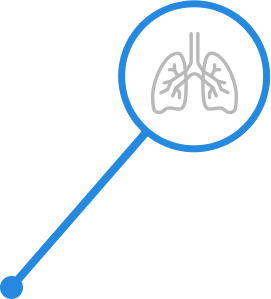
Bubble Detection Using
Transit-Time Flow Measurement
Transonic's Transit-time Flow Measurement (TTFM) is a highly reliable method of detecting bubbles, primarily because air is an efficient attenuator of ultrasound.
Here’s how the technology works:
- When an air/gas bubble passes through a Transonic Flowsensor, there is a loss of received signal amplitude (RSA, or NRSA when normalized).
- As bubble size increases, the amount of signal attenuation also increases. Monitoring the degree and duration of attenuation allows us to draw conclusions about the volume of air passing through the tubing circuit.
- Algorithms can be integrated into medical devices to stop the pump or trigger alarms/ alerts in the event of detected bubbles.
Bubble Dynamics and
3 Sensing Challenges
#1. Shape Shift
Several factors cause bubbles to change shape as they travel through the circulatory system or extracorporeal tubing.
- Velocity of liquid
- Turbulence
- Tubing orientation/angulation
- Tubing diameter
- Liquid type and viscosity
- Proximity to side walls
- Temperature of liquid
- Gravitational force

Examples of Bubble Shape Shift in Tubing
Condition
Potential Result




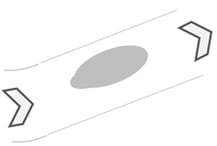

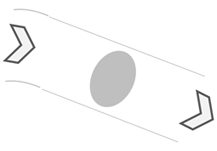
#2. Bubble Formations
Bubbles often travel in formations or “swarms” making it difficult to distinguish between one bubble and multiple bubbles. This can result in false positives in cases where the smaller-sized bubbles are not intended to be detected.

#3. Sensor Orientation
Orientation can impact a sensor’s ability to detect bubbles. The direction or angle of the ultrasound signals will determine which cross-sectional area of the bubble is being measured, and as a result, can make a bubble’s diameter appear larger or smaller.
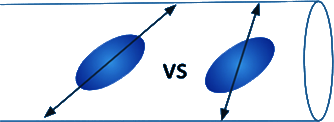
Overcoming Detection Challenges with Sophisticated Engineering
While the dynamic characteristics of bubbles make them difficult to detect and quantify, Transonic Flowsensors are uniquely engineered to get the job done.
A few of the design attributes that result in superior performance are:
- Wide Beam Illumination. Transonic uses wide beam illumination to fully and evenly traverse the entire cross-sectional area of the tubing, allowing for detection of air across the entire tubing lumen.
- Four Transducer Design. Transonic clamp-on sensors feature 4 transducers in an “X” configuration. The four transducers pass precisely synchronized ultrasonic signals in upstream and downstream directions, which improves detection of bubbles varying in orientation and shape.
- Electronic implementation. Over the years, Transonic has perfected its ultrasonic detection scheme, including highly accurate noise filtration, resulting in high measurement stability even with changing/unpredictable measurement conditions that can be associated with bubble detection.
The Transonic Difference

Experience
Transonic engineers are experts at overcoming sensing challenges. With over 4 decades of experience across dozens of biomedical and research applications, we’ve developed extensive bubble detection know-how.

Accuracy from Flow
The same attributes that produce superior flow measurement also yield highly accurate bubble detection. Having an integrated Transonic Flowboard means that the flow measurement system can be custom calibrated for specific flow conditions.

Versatility
Transonic bubble detection systems can measure over a wide range of flow rates and perform well with pulsatile and turbulent flows.


